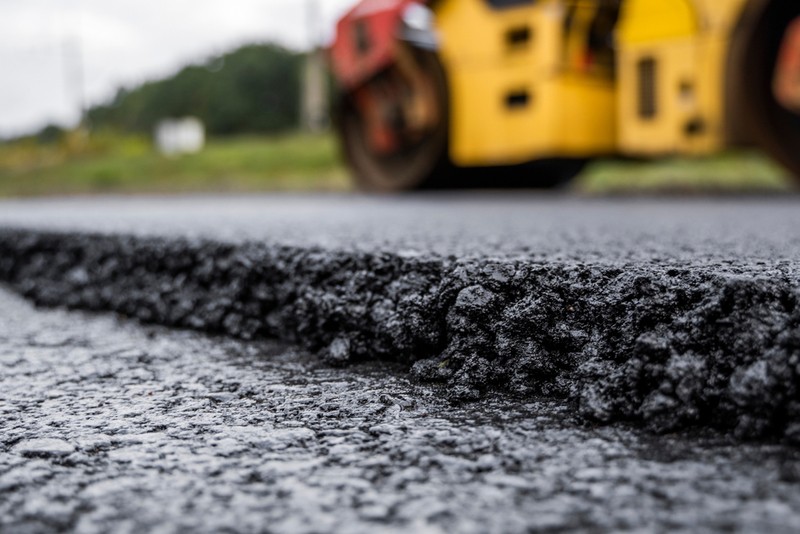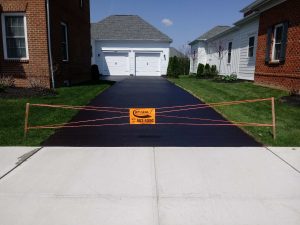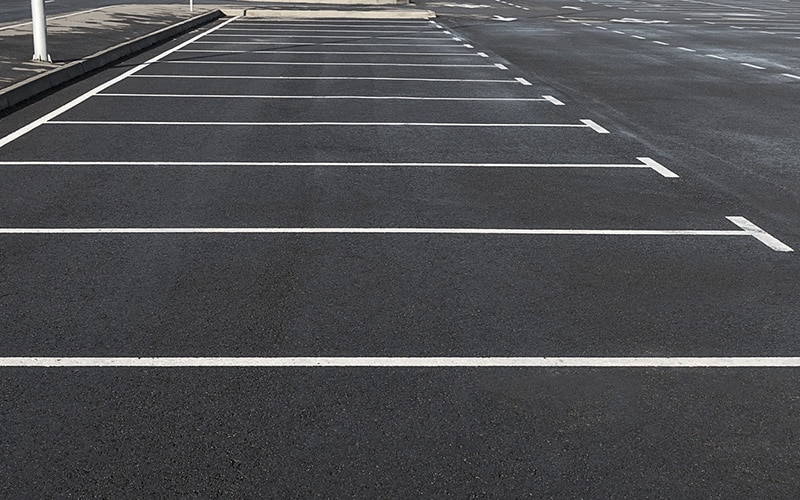Optimize Resilience: Hot Mix Asphalt Sealing for Angled Parking Structures
Optimize Resilience: Hot Mix Asphalt Sealing for Angled Parking Structures
Blog Article
Hot Mix Asphalt: A Lasting Solution for Pavement
Hot Mix Asphalt (HMA) has actually arised as a leading lasting choice for sidewalk services, offering a myriad of cutting-edge technologies and ecological benefits. Its capacity to reuse products and decrease energy consumption presents an engaging case for its fostering in roadway construction jobs. The lasting efficiency and longevity of HMA make it a recommended option for infrastructure development. As the demand for environment-friendly building and construction practices grows, exploring the nuances of HMA's sustainability can supply beneficial understandings into the future of sidewalk options.
Ecological Advantages of Hot Mix Asphalt

Moreover, Warm Mix Asphalt assists to reduce metropolitan warmth island impacts. Its dark color soaks up sunlight, decreasing the amount of warm reflected back right into the environment contrasted to lighter-colored sidewalks. This can reduce ambient temperatures in urban locations, lowering the demand for air conditioning and ultimately lowering power consumption.
Furthermore, Warm Mix Asphalt adds to improved stormwater administration. Its porous nature allows water to reenergize and penetrate the sidewalk groundwater products, reducing overflow and the risk of flooding. These ecological benefits make Warm Mix Asphalt a sustainable choice for leading roads and highways.
Energy Performance in HMA Production
Is energy performance an important variable in the manufacturing of Warm Mix Asphalt (HMA)? Power plays a considerable duty in the production of HMA, influencing both cost and environmental sustainability. One essential element of energy efficiency in HMA manufacturing is the usage of warm mix asphalt (WMA) innovations.
In addition, developments in plant technologies have led to even more energy-efficient HMA manufacturing processes. By enhancing power usage in HMA manufacturing, the sector can minimize its carbon impact while keeping high-grade pavement products.
Recyclability of Warm Mix Asphalt
The recyclability of Hot Mix Asphalt (HMA) is an essential element of its sustainability and long-lasting environmental effect. HMA is among one of the most recycled products in the USA, with over 100 million tons of reclaimed asphalt pavement (RAP) being reused each year in new pavement construction. Reusing HMA provides numerous environmental advantages, such as reducing the requirement for virgin products, decreasing power intake throughout production, and decreasing the amount of waste sent to garbage dumps.
The procedure of reusing HMA includes milling the existing pavement, crushing it right into smaller pieces, and mixing it with new aggregate and asphalt binder to develop a recycled mix. Overall, the recyclability of HMA plays a substantial function in promoting lasting methods within the sidewalk market.

Long-Term Performance of HMA
Asphalt pavements demonstrate sturdiness and resilience over a prolonged period, mirroring the long-lasting performance of Hot Mix Asphalt (HMA) The long life of HMA can be connected to its capability to hold up against rush hour loads, harsh weather, and the impacts of aging. Researches have actually revealed that well-designed and effectively built HMA sidewalks can last for two decades or even more with normal maintenance. The key to maximizing the important link lasting performance of HMA depends on utilizing high-grade materials, complying with ideal methods in building, and implementing reliable upkeep approaches. Correct drainage, routine assessments, and timely fixings are crucial for preserving the structural honesty of HMA sidewalks gradually. Additionally, developments in HMA innovation, such as using polymer-modified binders and cozy mix asphalt, have better enhanced the sturdiness and longevity of HMA sidewalks. By prioritizing high quality building and upkeep methods, HMA proceeds to show itself as a cost-efficient and sustainable remedy for long-lasting sidewalk facilities.

HMA: Resilience and Sustainability
Showing both toughness and sustainability, Hot Mix Asphalt (HMA) has actually come to be a keystone in the building and construction of long-lasting sidewalk frameworks - commercial parking lot paving. HMA's longevity comes from its capability to withstand heavy tons, harsh weather, and high traffic quantities, making it a dependable choice for highways, freeways, and flight terminal paths. The structure of HMA, which generally consists of aggregates, binder, and filler, plays a vital role in improving its longevity and resistance to tear and wear
Furthermore, HMA's sustainability hinges on its recyclability and energy-efficient manufacturing process. The ability to recycle recovered asphalt pavement look at this web-site (RAP) in new HMA combinations minimizes the demand for virgin materials and minimizes the ecological effect of pavement building and maintenance. Furthermore, the energy effectiveness of creating HMA hinges on its lower blending temperature levels contrasted to various other pavement products, causing decreased power usage and greenhouse gas discharges.
Final Thought
In final thought, hot mix asphalt (HMA) uses a lasting remedy for sidewalk with its ecologically friendly characteristics. HMA's recyclability, energy performance in production, and long-term resilience make it an environmentally friendly selection for road explanation building and construction.
HMA is one of the most recycled materials in the United States, with over 100 million lots of reclaimed asphalt pavement (RAP) being recycled every year in brand-new pavement construction.The procedure of recycling HMA entails grating the existing pavement, crushing it into smaller pieces, and mixing it with new aggregate and asphalt binder to develop a recycled mix.Asphalt pavements demonstrate toughness and strength over an extensive duration, reflecting the lasting performance of Warm Mix Asphalt (HMA) In addition, advancements in HMA technology, such as the use of polymer-modified binders and warm mix asphalt, have even more improved the sturdiness and durability of HMA pavements. The ability to recycle redeemed asphalt pavement (RAP) in new HMA mixtures decreases the need for virgin products and decreases the ecological influence of sidewalk building and maintenance.
Report this page